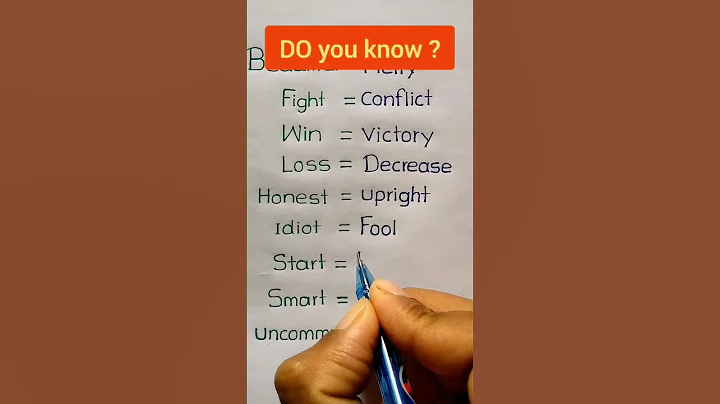22 first-level cost engineer selection of commonly used welding materials for installation measurement test points, cost engineer student notes, long press to like + forward + comment for continuous updates, click on my avatar in the Wendang version and send me a private message: 2022
1. Welding materials Principles for selecting
(2) welding rod
1) Consider the mechanical properties and chemical composition of the weld metal. For ordinary structural steel , welding rods whose tensile strength of the deposited metal is equal to or slightly higher than the base material should be selected; for alloy structural steel , the alloy composition is required to be the same or close to the base material. In unfavorable circumstances where the welded structure is rigid, the joint stress is high, and the weld is prone to cracks, we should consider choosing a welding rod that is one level lower in strength than the base metal. When the content of carbon, sulfur, phosphorus and other elements in the base material is high, the low-hydrogen welding rod with good crack resistance should be selected.

2) Consider the performance and working conditions of welded components. For weldments that bear dynamic loads and impact loads, low-hydrogen welding rods with higher plasticity and toughness indicators can be used. For weldments that come into contact with corrosive media, use stainless steel welding rods or other corrosion-resistant welding rods.
3) Consider the welding structure characteristics and stress conditions. For thick and large weldments with complex structure and shape and high rigidity, welding rods with good crack resistance, good toughness, high plasticity and low hydrogen cracking tendency should be selected. Such as low hydrogen welding rods, ultra-low hydrogen welding rods and high toughness welding rods.
4) Consider the welding conditions. When the welding part of the weldment cannot be turned over, welding rods suitable for all-position welding should be selected. For weldments that are not subject to much force and whose welding parts are difficult to clean, acidic welding rods that are not sensitive to rust, oxide scale , and oil stains should be used.
considers production efficiency and economy. When meeting the requirements, acidic welding rods should be used as much as possible.
For structures with heavy welding workload, high-efficiency welding rods should be used as much as possible, such as iron powder welding rods, gravity welding rods, bottom welding rods, vertical downward welding rods and high-efficiency stainless steel welding rods , etc.
In order to protect the health of welders, acidic welding rods should be used as much as possible.

2. The groove shape of the fusion joint. It can be divided into three categories: basic type, mixed type and special type.
1) Basic bevel. Mainly include: I-shaped groove; V-shaped groove; single-sided V-shaped groove; U-shaped groove; J-shaped groove, etc.

2) combined groove.
combined groove. It is composed of two or more basic grooves. Mainly include Y-shaped groove, VY-shaped groove, U-shaped groove with blunt edge, double Y-shaped groove, double V-shaped groove, 2/3 double V-shaped groove, double U-shaped groove with blunt edge, UY-shaped groove, J-shaped groove with blunt edge, Double J-shaped groove with blunt edge, Double single-sided V-shaped groove, Single-sided V-shaped groove with blunt edge, Double single-sided V with blunt edge shaped groove and J-shaped single-sided V-shaped groove with blunt edge, etc., as shown in Figure 2.1.4.













